Fall Science Experiment
Fall Science Experiment: Use Chromatography to Extract Color from Green Leaves
We will do an experiment that explains how leaves change colors before they fall to the ground. Even though the trees look so bare and forlorn in the winter, we know that in the spring more will literally spring to life and once again provide beauty and shade for us. We can see our own journeys with Christ through these observations.
Note: It is advised to do this experiment at the beginning of the class session to allow time for the changes in leaf color to occur during the experiment (if you are doing this as part of a co-op or Sunday school class, etc.).
Material
- two or three green leaves
- two or three autumn leaves (that have changed color)
- baby food jars with lids
- rubbing alcohol
- shallow pan
- hot water – (Hot tap water will do.)
- masking tape
- labels (If labels are not available, data can be written on masking tape.)
- plastic knife or spoon
- kitchen timer or clock
- coffee filters
Instructions
1. Collect two or three colorful leaves and two or three green leaves.
2. Label each jar with the name of the tree each leaf came from.
3. Tear leaves into small pieces and put them in the jars that have been labeled. (i.e. maple leaves go into maple leaf jars, etc.)
4. Fill each jar with enough rubbing alcohol to cover the leaves.
5. Carefully grind the leaves in the alcohol until they are totally pulverized, and then very loosely cover the jars with the lids, but don’t screw them on tight. Aluminum foil or clear plastic can be placed across the tops of the jars if lids are not available.
6. Fill the pan with about one inch of hot tap water and wait about thirty minutes until the alcohol begins to turn black. The darker the better. Then jiggle the jars about every five minutes. If the water cools, replace water with hot water.
7. Cut the coffee filters into long, thin strips–one per jar, and then label each strip with the name of the type of leaf in each jar. When the alcohol is dark and murky, remove the jars from the water, take the lids off, and then place the coffee filters into each jar so that one end is in the alcohol and one end is sticking up.
8. Fold the free end of the coffee filter over the end of the jar and tape it in pace. The alcohol will slowly move up the paper, dragging the colors with it. After thirty minutes (or more) you will be able to see different colors on the paper, depending on the type of leaf.
9. Remove the colored coffee strips from the jars and tape them next to each other on a piece of paper to dry.
Explanation
This fall science experiment shows helps illustrate how and why leaves change color in the fall. We know that leaves contain chlorophyll, which makes them green, and carotenoids, which colors them yellow, brown, red, or orange, depending on the type of leaf. In our experiment, the chemicals traveled at different distances up the filter paper as the alcohol evaporated, staining them with their hidden colors. That’s because during the summer, light reacts with the chlorophyll in the leaves to make them green.
In the fall there is less light, therefore depriving the leaves of chlorophyll. With less chlorophyll, the leaves lose the ability to stay green. Some turn bright yellow because they contain carotene. In some trees, like maples, the sugar reacts to form anthocyanin. These chemicals cause yellow leaves to turn red. Cold temperatures aid the formation of anthocyanin, and that gives us the fabulous fall landscape in the northern parts of our country.
Conclusion
We saw in this fall science experiment how God allowed chlorophyll, which makes leaves green, to be replaced by carotene and anthocyanin. In our lives, we see how God allows youth and vibrance to be replaced by maturity and wisdom. God is present in every phase of life, working to make us more perfect, so in our winter years, we’ll be more worthy to meet His son, Jesus.


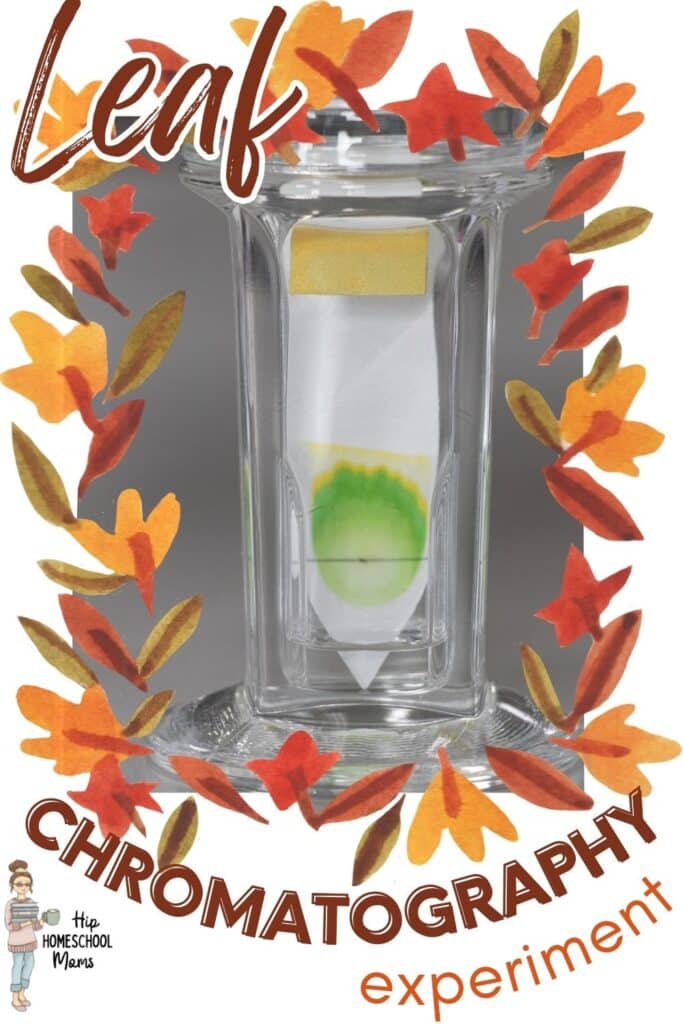
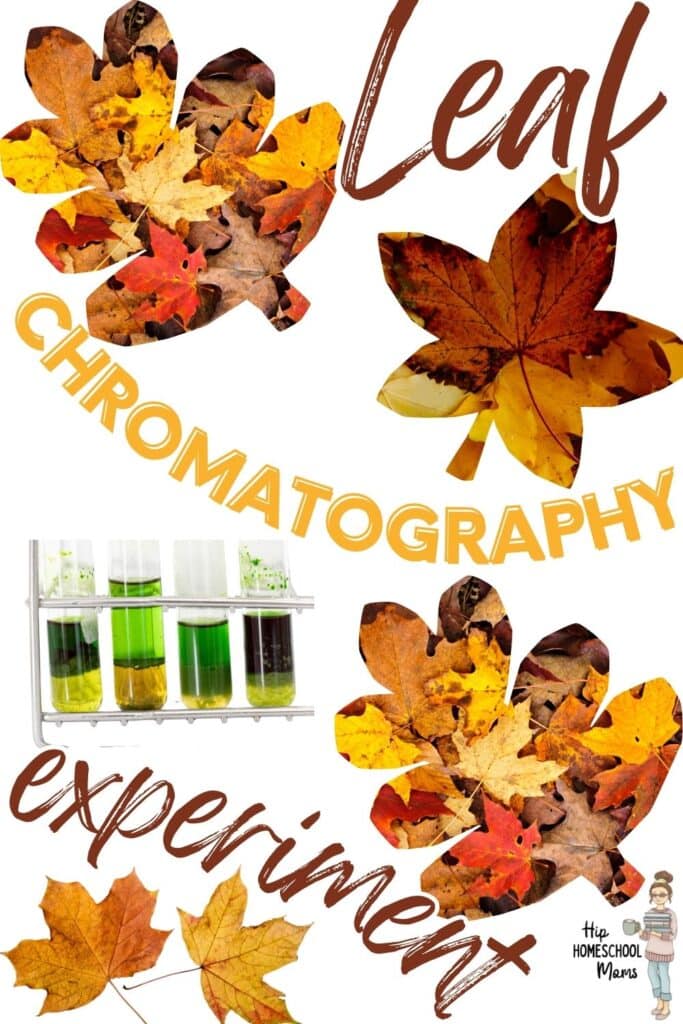
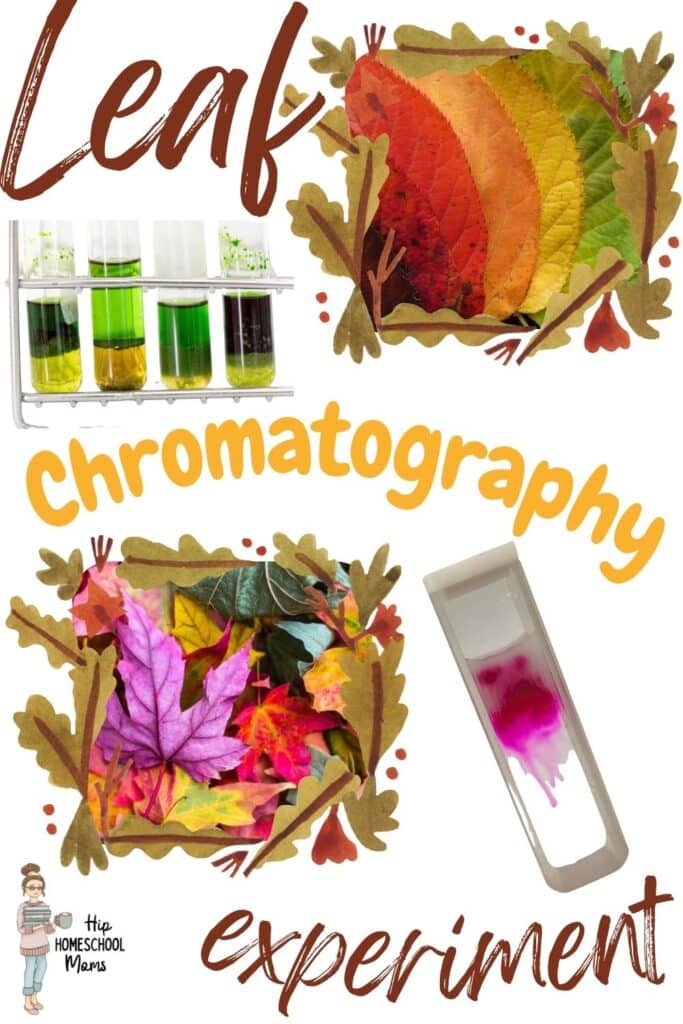
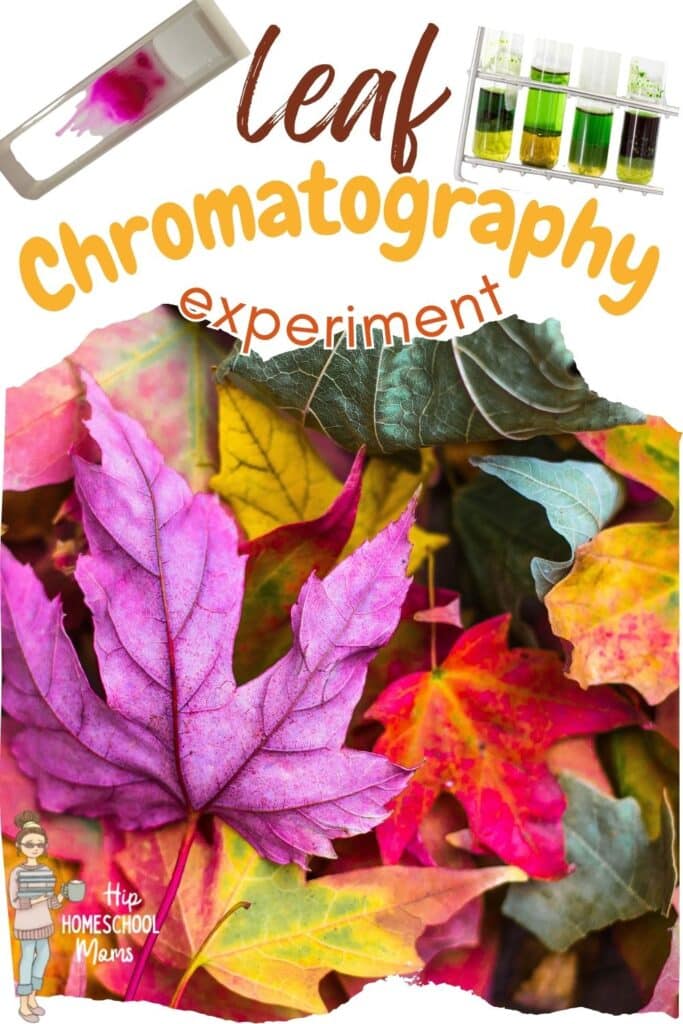
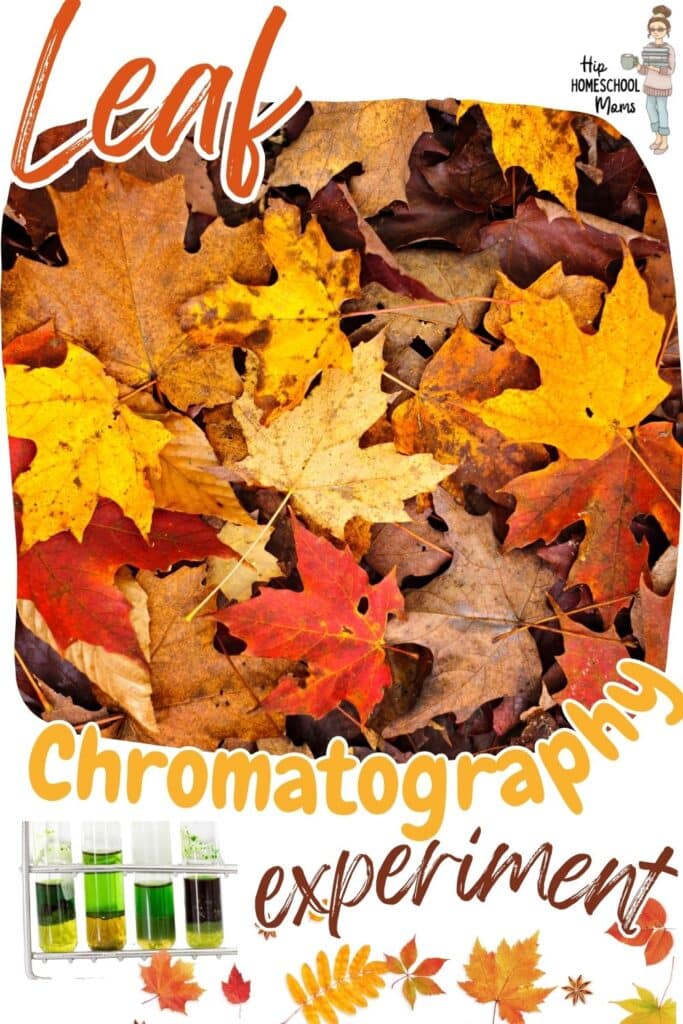
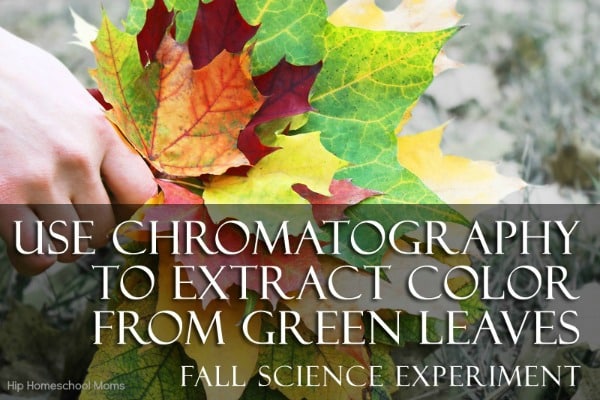
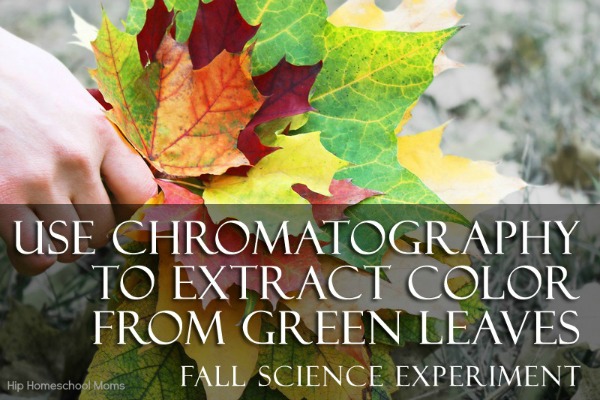

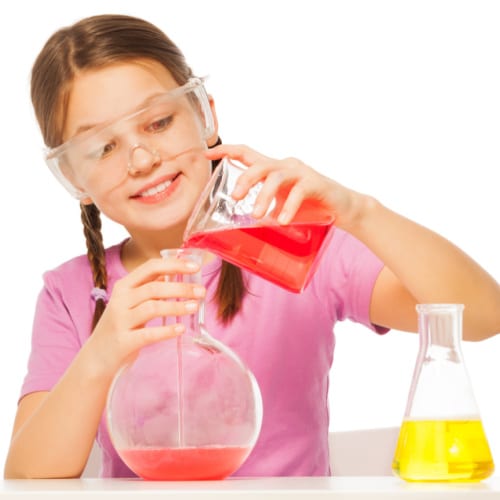




Love this idea~making science fun, applicable to real life, and adding connections. A perfect lesson plan.
I’m going to be doing this with my kids! Thank you do much for sharing!